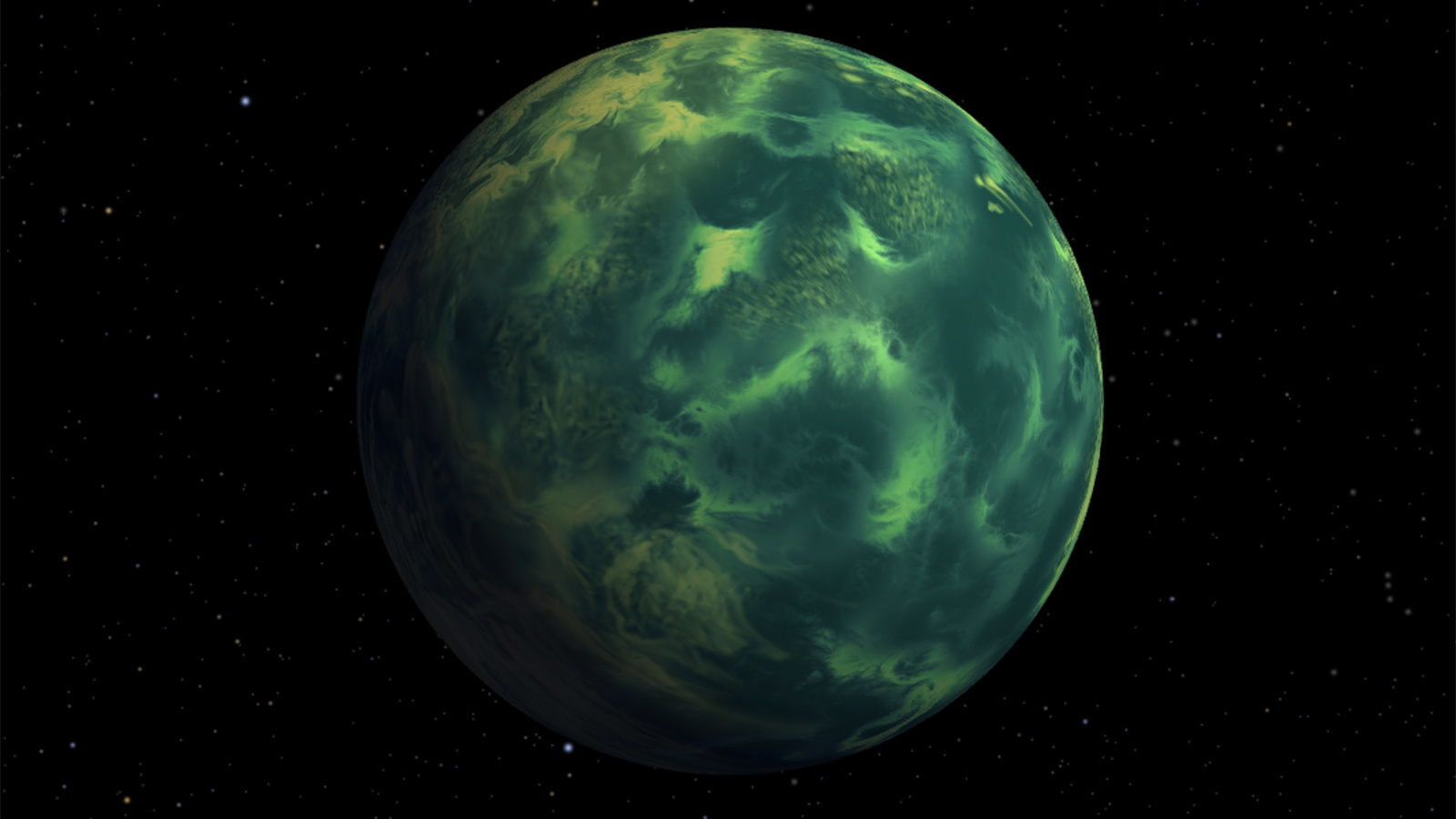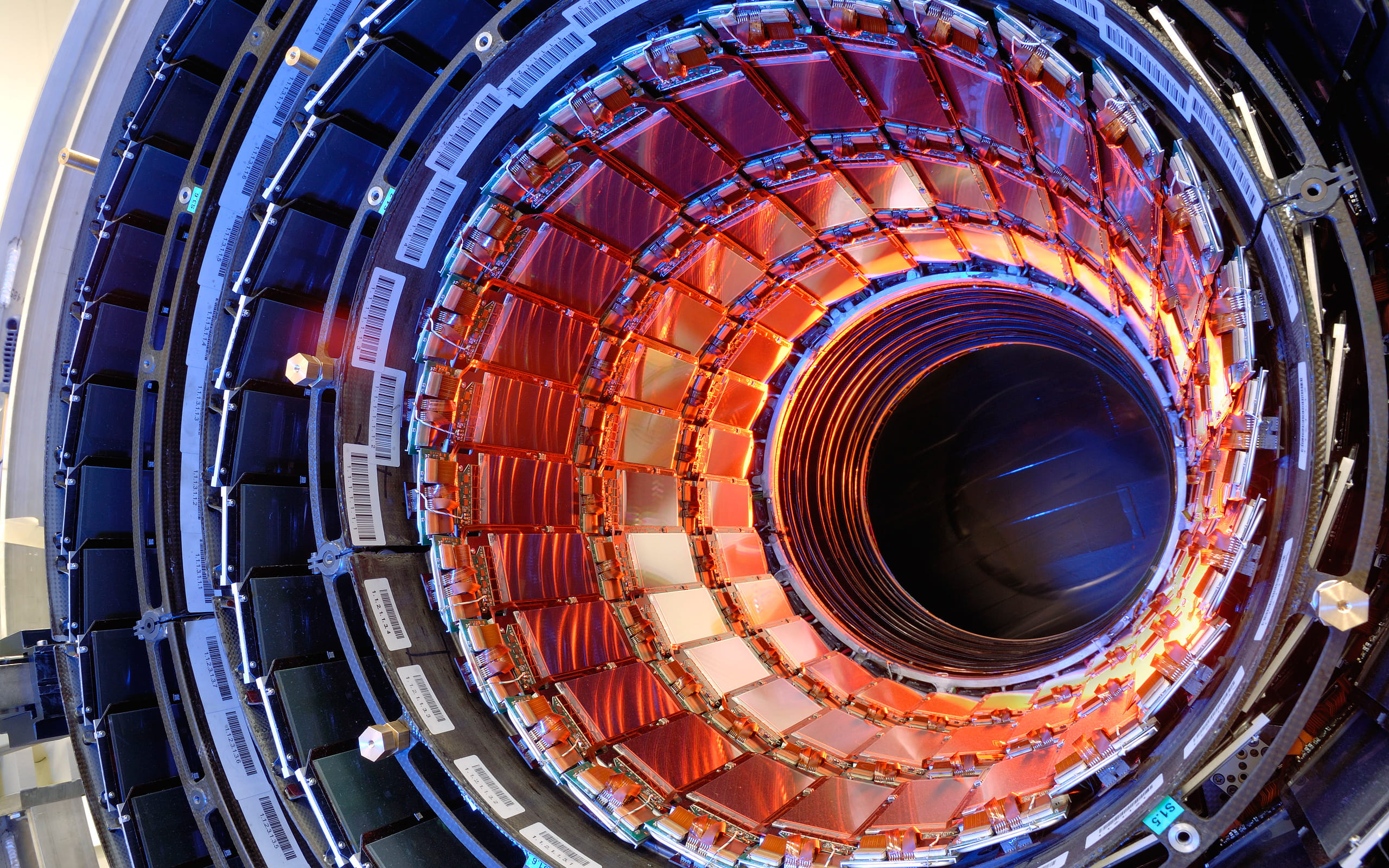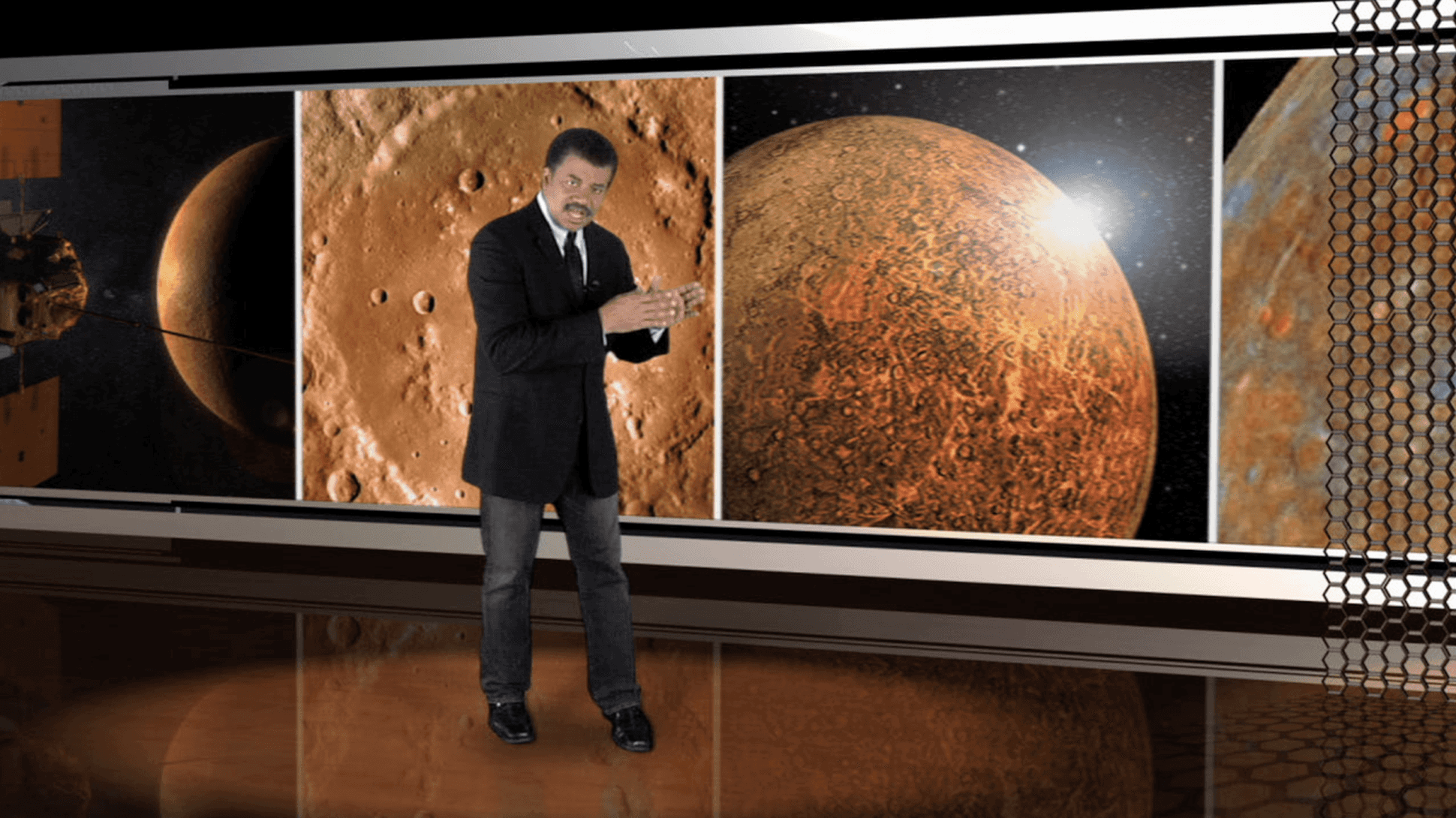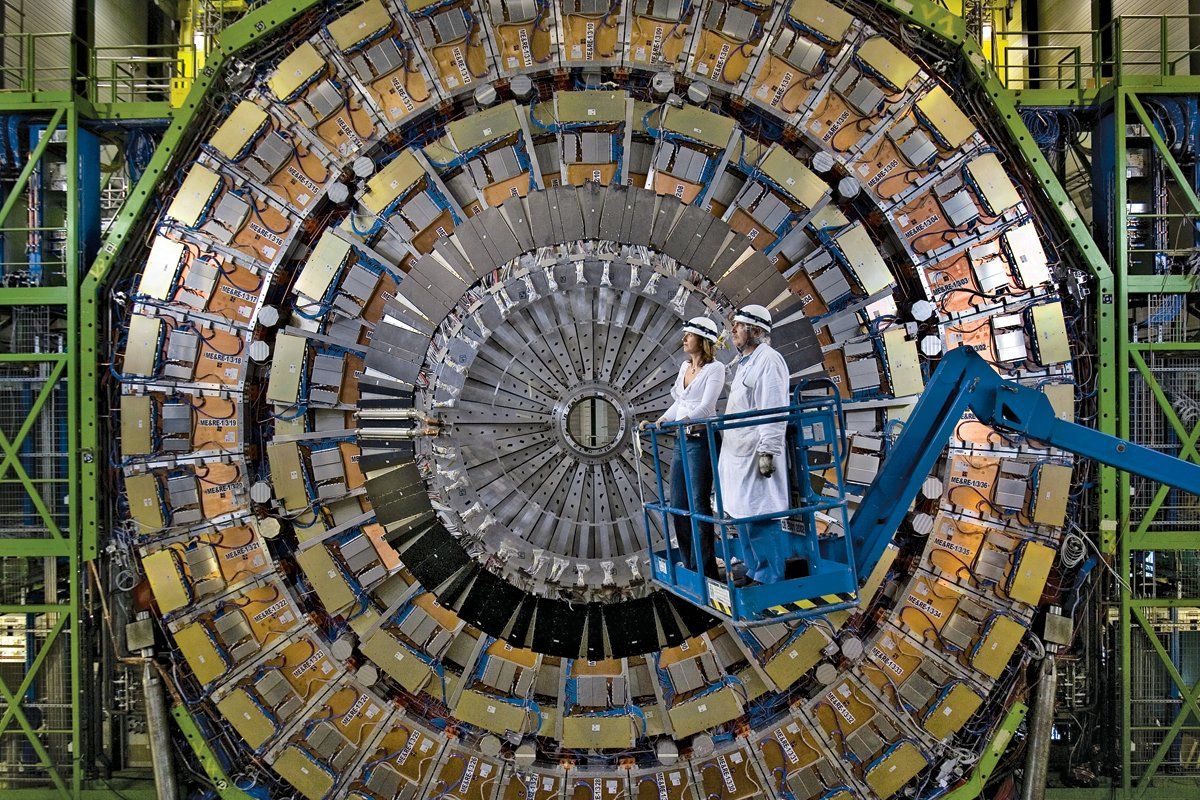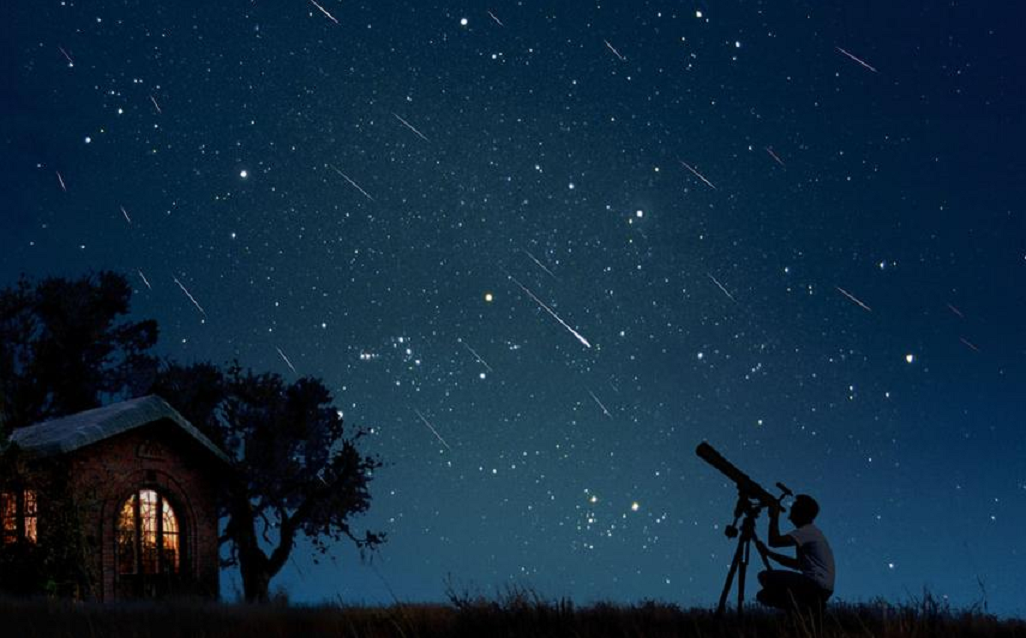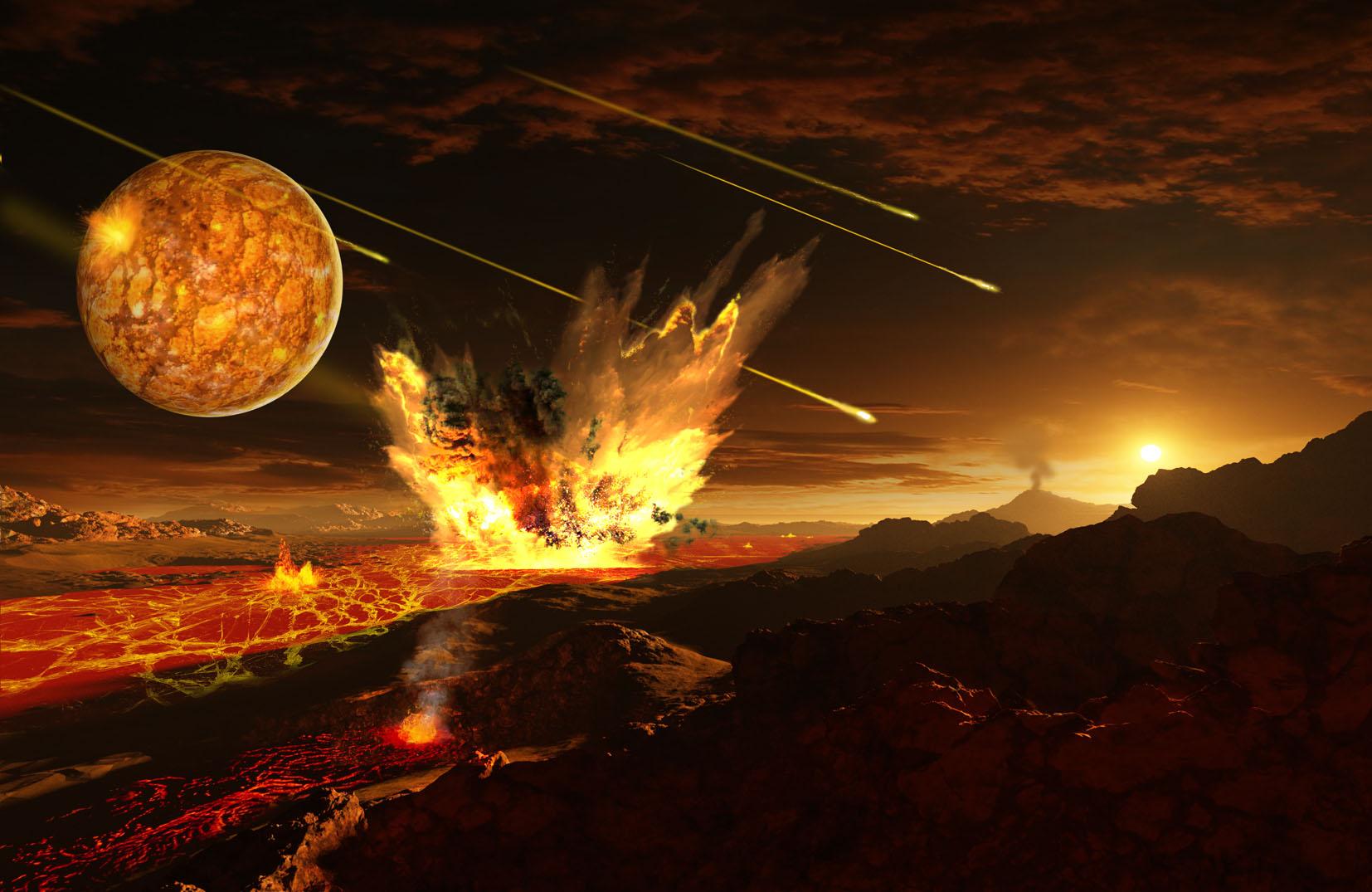Yellowstone, the Grand Canyon, Mount Fuji, the Galapagos Islands. These natural wonders are on everyone’s list of must-see attractions that are both spectacular and geologically fascinating. But what of Ha Long Bay, the Columbia Glacier, Erta Ale lava lake, and the Great Blue Hole? They also belong on the list, along with more than 200 other sites, both famous and obscure, that are well worth a visit to see breathtaking vistas combined with the grandeur of geological forces in action.


